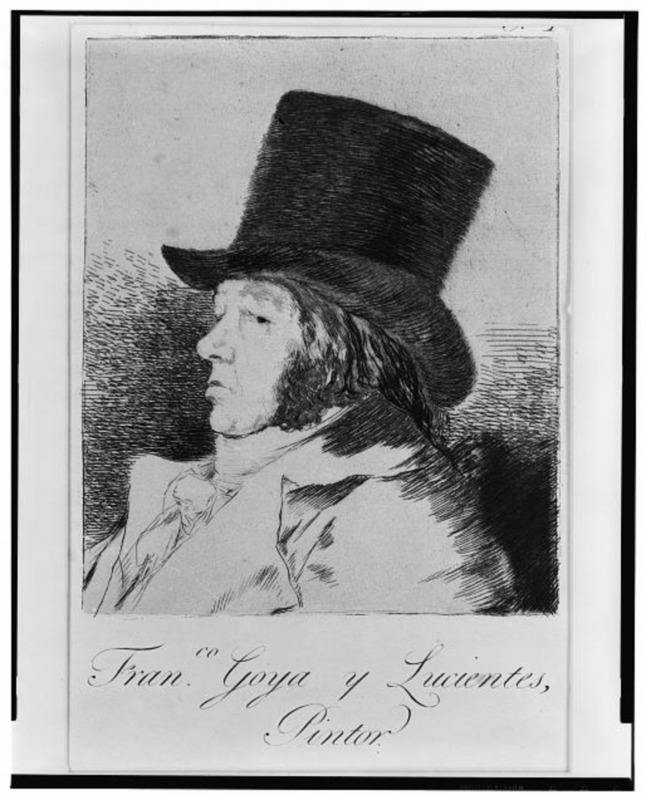Introduction
Who was Francisco de, Goya y Lucientes (1746-1828)
Francisco de, Goya y Lucienne’s (1746-1828) was a Spanish romantic painter and printmaker, many of the characteristics of this movement that Goya depicted were the use of intense emotions covering topics such as aging, conflict, death, and evil. Through Goya’s daring subject matter, innovative techniques, and ability to capture the complexities of the human psyche, his art continues to challenge and intrigue viewers, exhibiting the enduring power of visual commentary in the art world.
Introduction
The exhibit is a breakdown of Goya's dramatic expressive form of social commentary about the dark political times that he experienced throughout his life, and delves into the profound impact of Francisco Goya as a commentary artist, examining the themes, theories, techniques, and historical context that have secured his place as a transformative force in the world of visual expression. The exhibit discusses how Goya's art provides lessons on the power and powerlessness of art and the role of the artist in society with a focus on one of his final series “The Black paintings”, represented through three paintings from the series, Witches Sabbath (also known as the great he-goat), The Pilgrimage to San Isidro, and Two Old Men Eating.
Throughout this exhibit you will find out the driving force behind Goya's paintings and etchings, through a breakdown of themes and ideologies, as well as the composition of the paintings showing how his visual elements communicate the central idea. Art can play a powerful role in society when addressing important topics, and Goya was one of the very first artists to voice his opinions in a way where it wasn't directly related to political propaganda but rather through interpretation of his work.
Curatorial statement
This exhibit seeks to unravel Francisco Goya's artistic journey, unveiling the layers of his societal and political commentary. It aims to connect Goya's paintings with historical events, shedding light on his personal experiences. Through social commentary, political insights, and a glimpse into Goya's persona, this showcase aims to decode his intent and role as an astute observer of his era.
The vision is to trace Goya's evolution from a court painter to the creator of the haunting "Black Paintings." This organized exhibit mirrors Goya's changing worldview and technique over time. It delves into his exploration of themes like aging, conflict, mortality, and societal discord.
By showcasing Goya's art in chronological order, from his early career to his last series, the exhibition unveils his thematic and stylistic progression. It invites viewers to delve deeper into Goya's psyche, understanding his chosen subjects and narratives. Ultimately, this immersive journey deciphers the profound messages within Goya's art, highlighting his role as a visionary artist and social commentator.
Biography
Hello! I'm Emmy Lovelace, a junior at Northern Arizona University majoring in interior design and minoring in museum studies. I was Prompted to make this exhibit through a Digital Humanities course im taking here at NAU. I've always had a passion for art and the history behind it, since I could remember I always enjoyed the behind the scenes of curation throughout a museum space. My goal with my education is to become qualified to design commercial spaces and exhibits.


